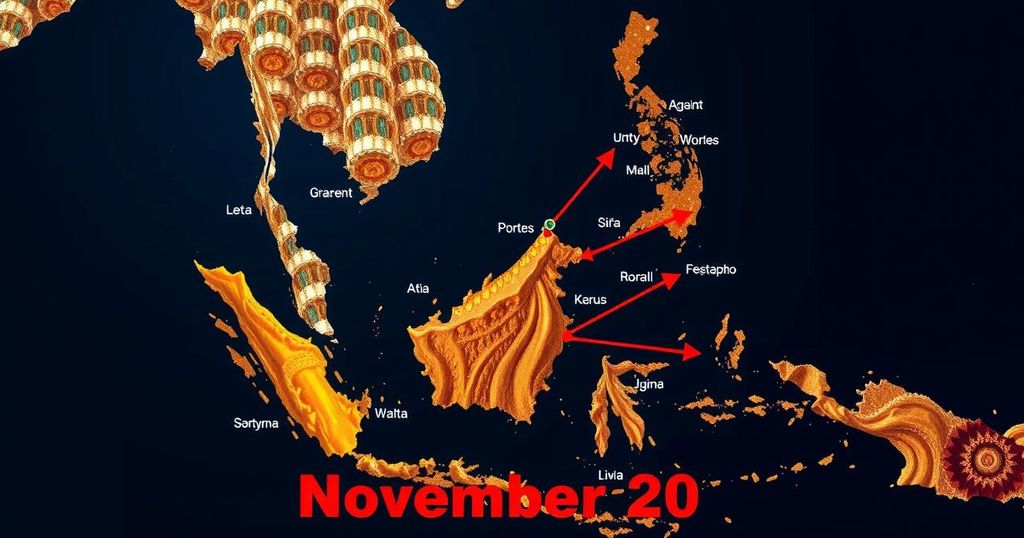India and China Finalize Military Disengagement Along LAC: Implications for Diplomatic Relations
India and China are set to complete military disengagement along the LAC by October 29, as a major step towards improving diplomatic relations post-2020 border clashes. The disengagement will occur at two friction points: Demchok and Depsang Plains, allowing for patrolling once temporary structures are dismantled. External Affairs Minister S. Jaishankar noted that this is just the first phase, emphasizing the need for further de-escalation and trust-building.
India and China are poised to finalize their military disengagement along the Line of Actual Control (LAC) by October 29, following a pivotal agreement aimed at alleviating border tensions. This disengagement, marking a significant diplomatic breakthrough, will facilitate the resumption of patrolling in certain regions as both nations dismantle temporary infrastructures previously established at the disputed frontier. As part of this process, disengagement will take place specifically at two friction points: Demchok and the Depsang Plains in eastern Ladakh. An authoritative source from the Indian Army has clarified that these agreements are exclusively applicable to the aforementioned areas and do not extend to other conflict zones. Troops from both India and China will strategically retreat to their pre-April 2020 positions, thus restoring the status quo to a prior arrangement. In an effort that demonstrates a commitment to peace, the Indian military is already in the process of relocating equipment back to rear locations in these contested areas, although formal ceremonies to commemorate the disengagement remain uncertain given that unresolved issues linger in these zones. External Affairs Minister S. Jaishankar commented on the situation, stating that while this disengagement is a foundational step, further de-escalation of tensions will be required to restore trust between both nations. He noted, “The situation in the border has been very disturbed and that’s had a very negative impact on the overall relationship.” Jaishankar also identified three critical issues that the agreement addresses: initial disengagement, subsequent de-escalation, and ultimately, the larger matter of managing the border and negotiating a conclusive boundary settlement.
The military disengagement agreement between India and China comes in the wake of heightened tensions following the 2020 Galwan clash, where skirmishes led to several casualties among the troops of both nations. This agreement represents a cautious, yet significant step towards reconciling ongoing border disputes that have long strained the diplomatic relations between the two Asian powers. The disengagement process outlined will occur at specific friction points along the eastern Ladakh border, which are Demchok and Depsang Plains, indicating a measured approach to resolving military stand-offs. Disengagement is seen as a prerequisite for de-escalating tensions fully and ultimately reaching a comprehensive border agreement. The complexity of managing these relations requires not only military de-escalation but also a restoration of trust through continued dialogue and negotiation.
In conclusion, the completion of military disengagement along the LAC signals a critical development in India-China relations, aiming to address years of tension stemming from border disputes. By reaffirming positions held prior to April 2020, both nations have the opportunity to establish a more stable and cooperative framework moving forward. However, as emphasized by Minister S. Jaishankar, the path to robust relations will necessitate sustained efforts towards de-escalation and comprehensive dialogue regarding border management and negotiations.
Original Source: www.hindustantimes.com







Post Comment